
AeroGenie – Ihr intelligenter Copilot.
Trends
Categories
India and France Collaborate to Develop Engines for Indigenous Stealth Jet
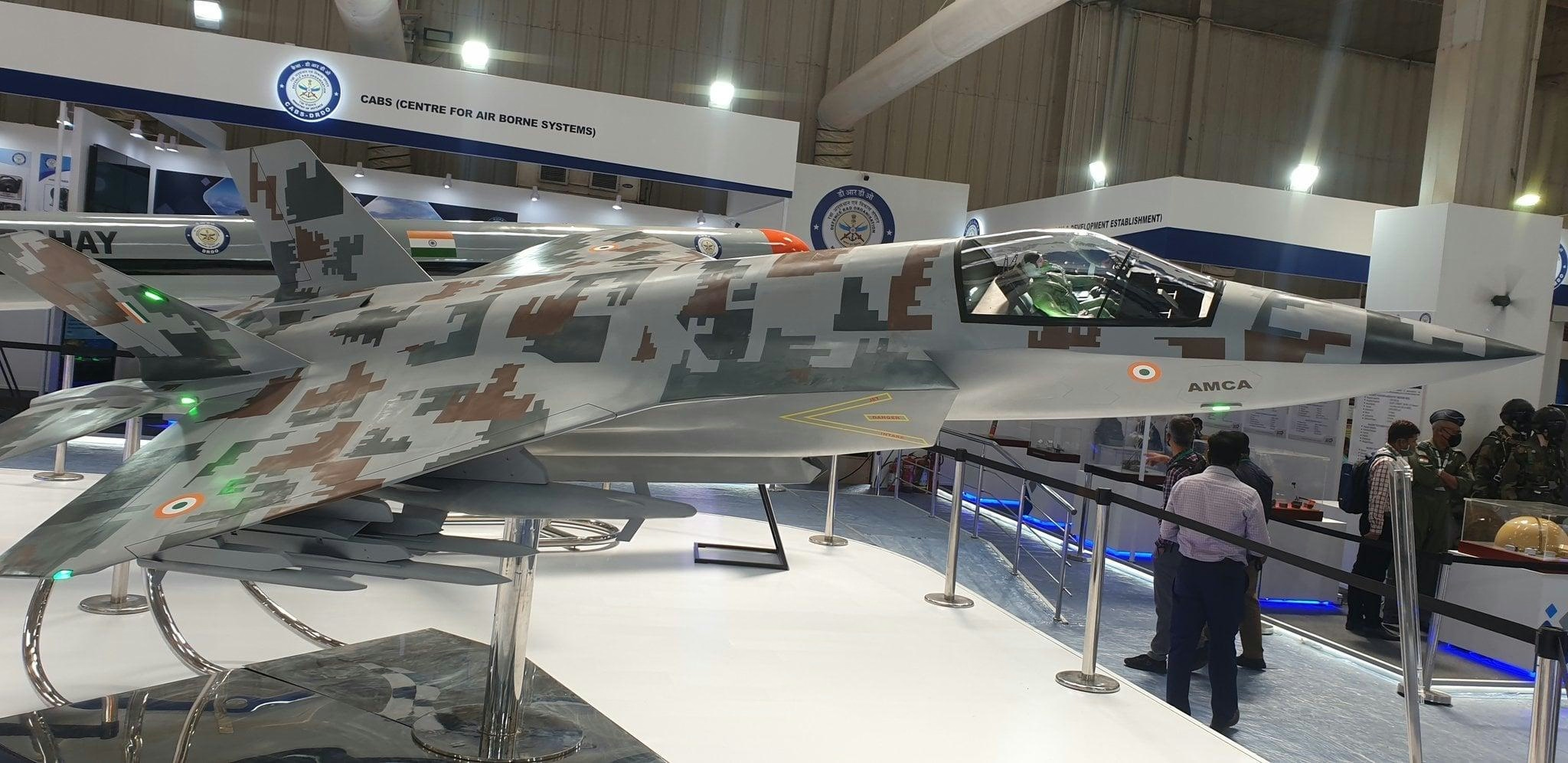
India and France Collaborate to Develop Engines for Indigenous Stealth Jet
India and France have embarked on a significant partnership to jointly develop engines for the Advanced Medium Combat Aircraft (AMCA), India’s indigenous stealth fighter jet project. This collaboration represents a pivotal advancement in India’s pursuit of defense self-reliance, a cornerstone of Prime Minister Narendra Modi’s Atmanirbhar Bharat initiative.
Strategic Partnership and Objectives
The agreement unites India’s Defence Research and Development Organisation (DRDO) with the French aerospace leader Safran to create high-performance engines intended to power the next generation of Indian fighter jets. This joint effort is expected to accelerate the AMCA program, which plays a central role in India’s broader strategy to modernize its air force and reduce dependence on foreign military technology. By fostering domestic capabilities, the partnership aims to strengthen India’s defense manufacturing ecosystem and enhance technological sovereignty.
Challenges and Industry Implications
Despite the promising outlook, the collaboration faces notable challenges, particularly regarding the transfer of critical engine technology. Both parties must navigate complex issues surrounding intellectual property rights while ensuring the development of indigenous production capabilities. For India, maintaining a robust domestic manufacturing base is essential to avoid the vulnerabilities associated with over-reliance on external suppliers, a lesson drawn from past experiences.
The announcement has garnered considerable attention within defense and industry sectors, with analysts responding positively to India’s intensified focus on self-sufficiency in defense manufacturing. The partnership is anticipated to stimulate further investments and innovation within India’s aerospace industry, potentially serving as a catalyst for broader technological advancements.
Geopolitical Impact and Future Prospects
On the international stage, the India-France collaboration has prompted competitor nations to reevaluate their defense strategies. Some countries may accelerate efforts to develop indigenous capabilities or pursue new strategic alliances to remain competitive amid evolving geopolitical dynamics. This development reflects a wider global trend of prioritizing domestic defense production and technology development in response to shifting security landscapes.
The success of the AMCA engine project will depend on effective technology sharing, sustained investment, and the ability to translate advanced research into scalable manufacturing processes. Both India and France stand to gain from this partnership, which could establish a model for future international defense collaborations centered on mutual growth and technological progress.
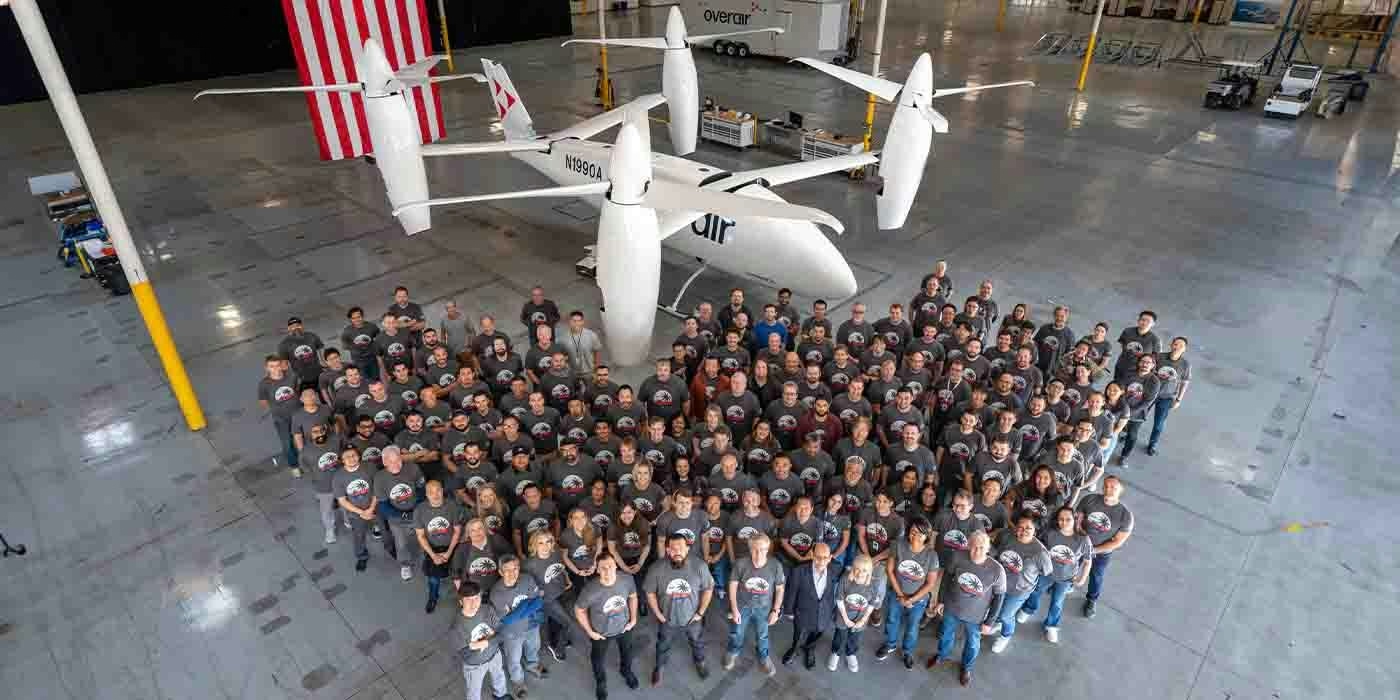
Unique mixed-propulsion eVTOL completes transition flight testing
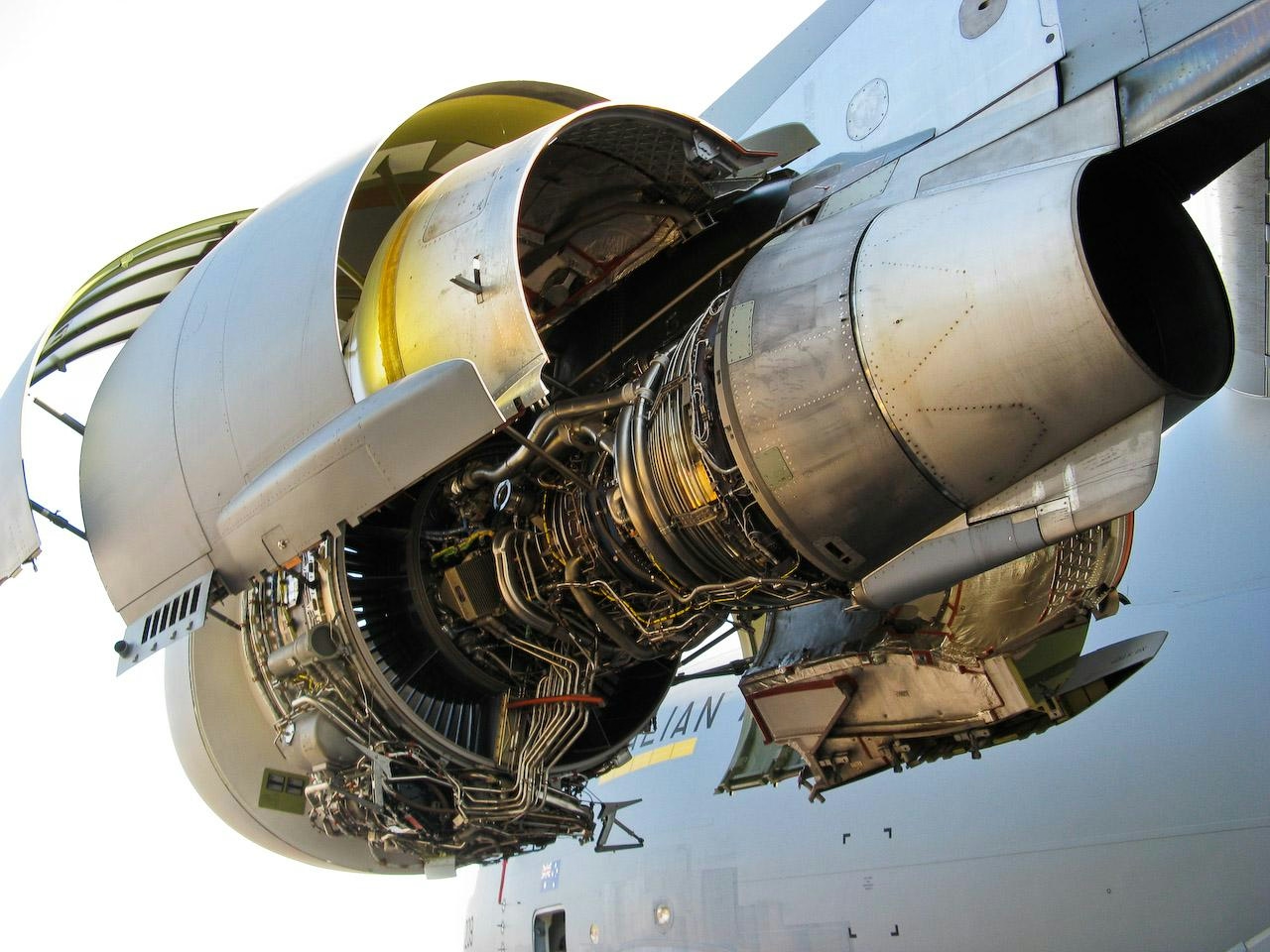
Are C-17 Globemaster Engines Derived from Boeing 757?
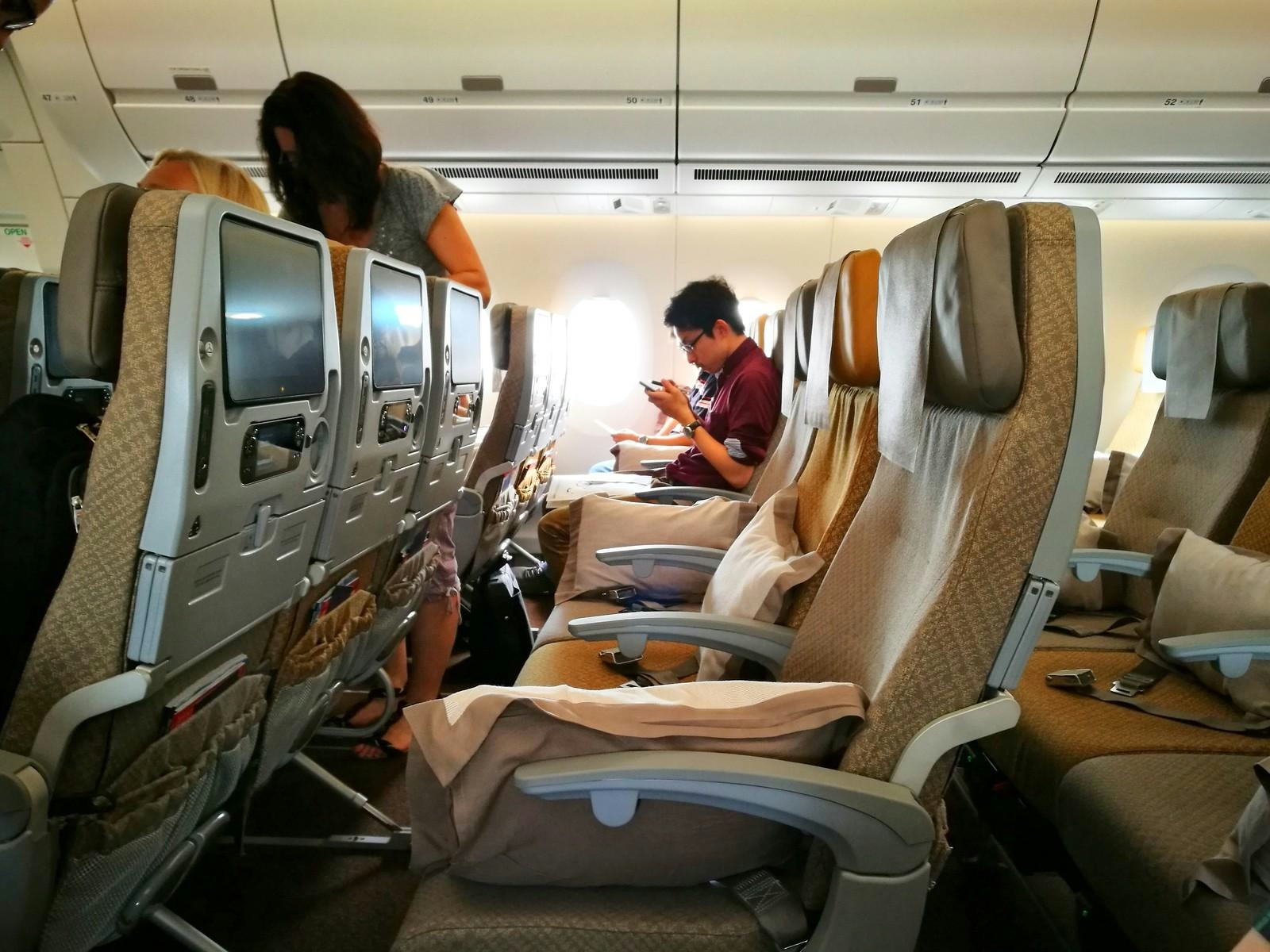
Why the Airbus A350’s Cabin Is Quieter Than Other Aircraft
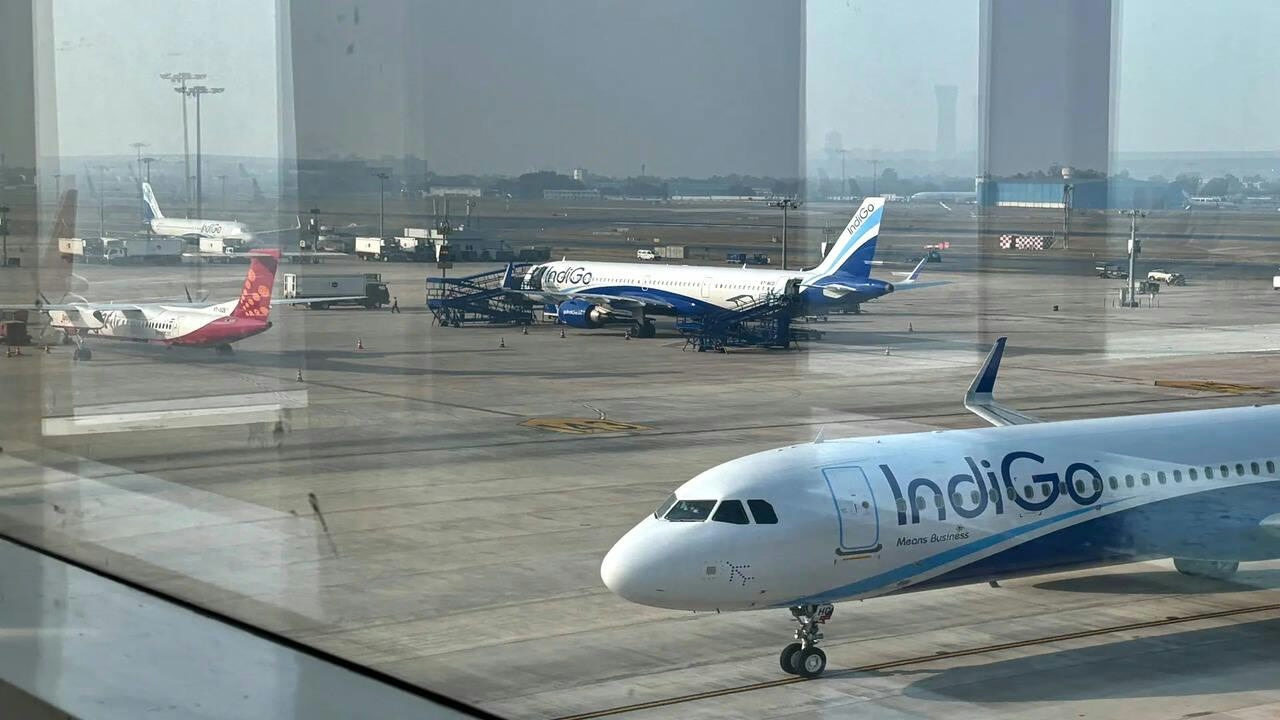
AI and AI Express Plan to Increase Capacity Amid IndiGo Flight Disruptions
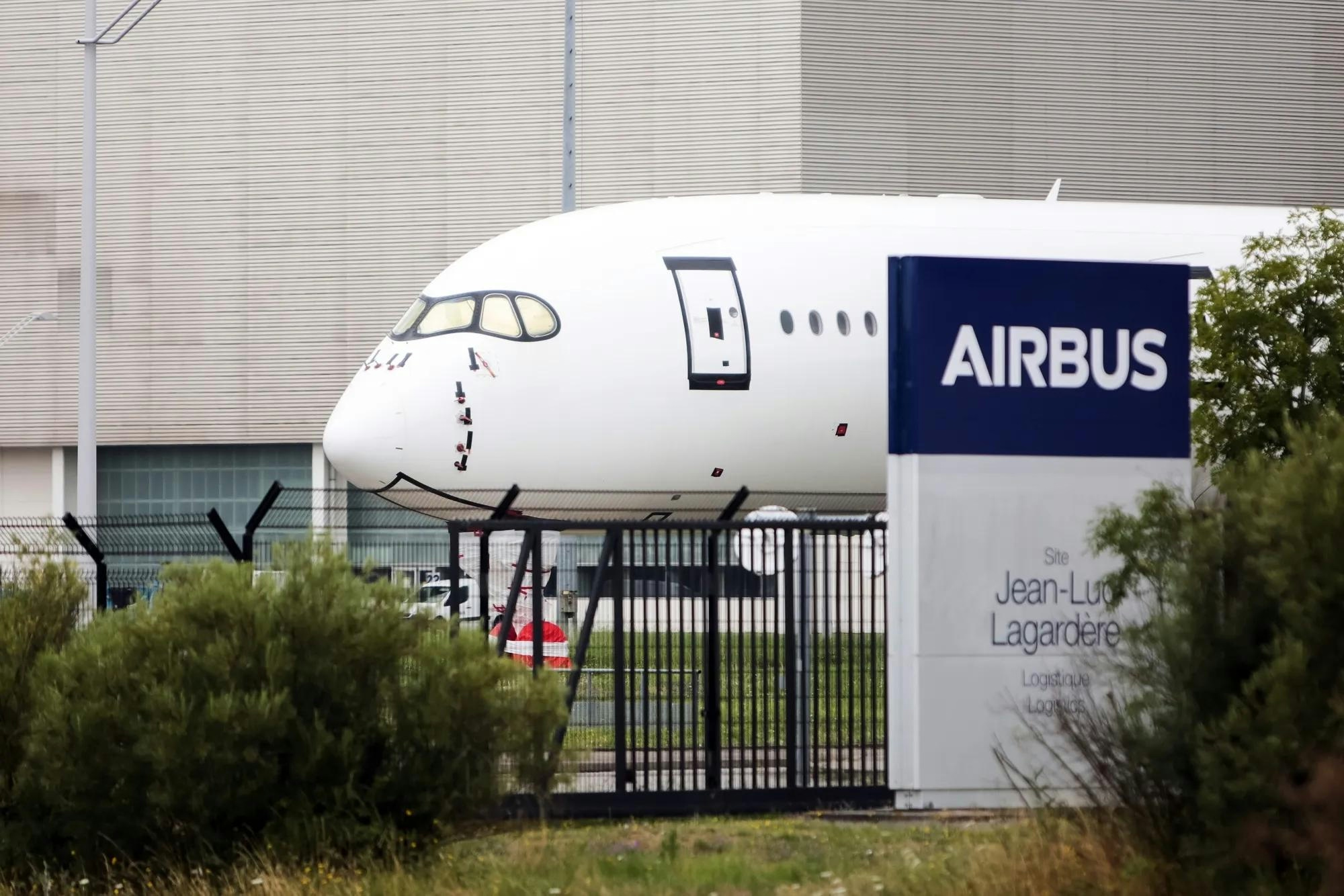
Kazakhstan and France Agree on Airbus Aircraft Deliveries
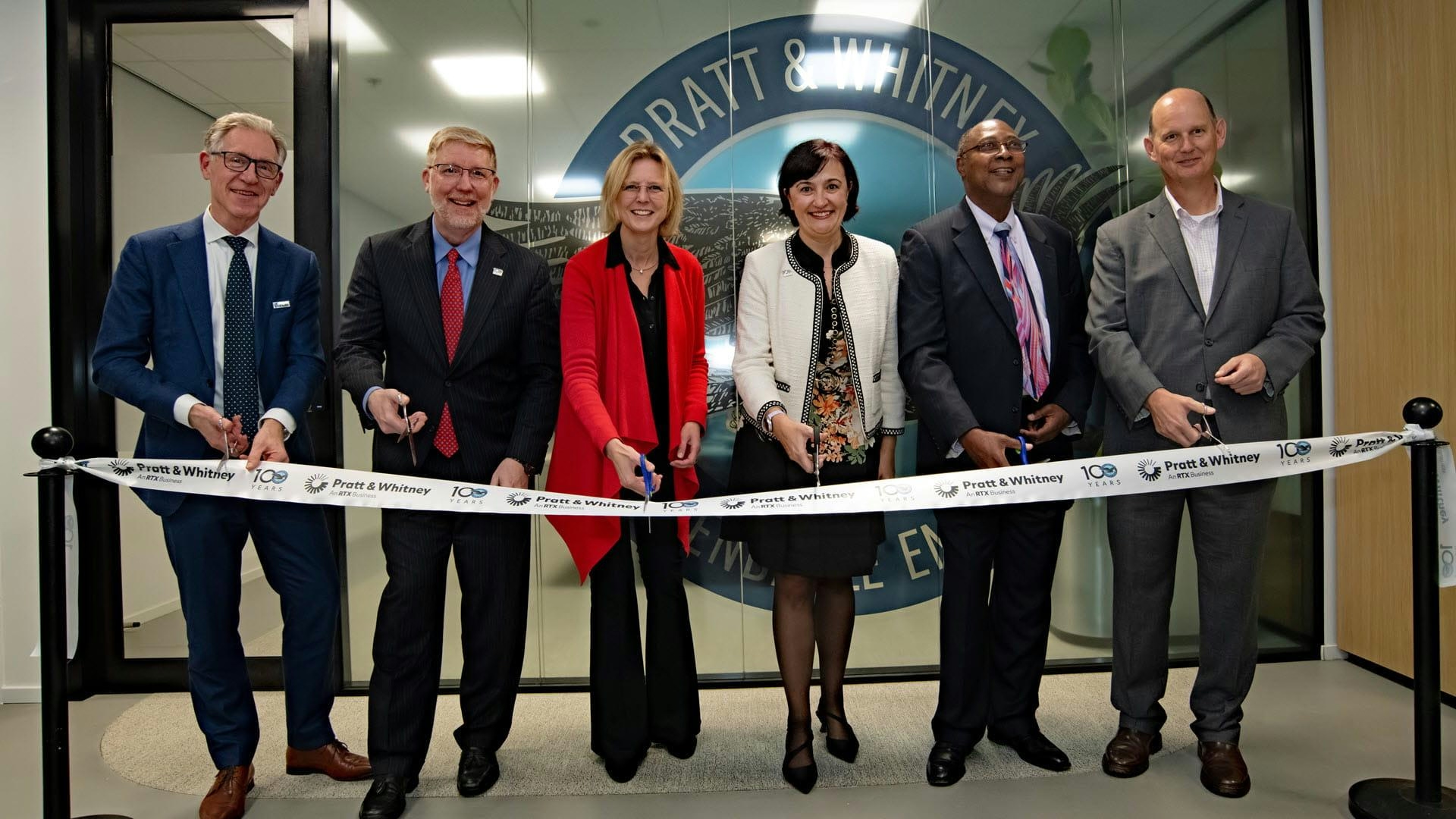
Europe’s Emerging Talent Drives Aviation Innovation
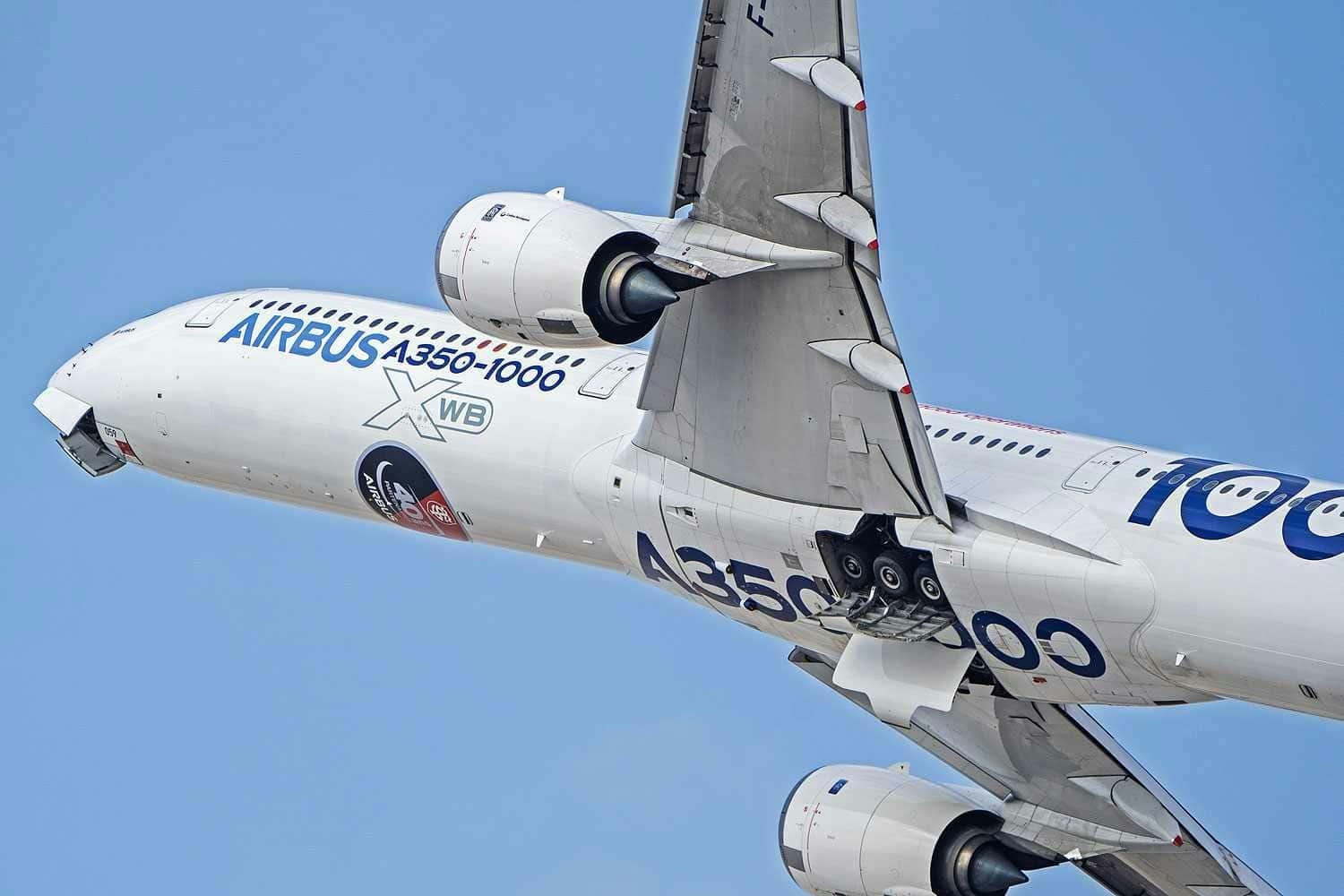
Airbus Receives New Order for A350-1000

The Leading Widebody Aircraft in Service Today

The Fastest Boeing Jet Currently in Service
